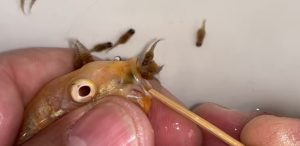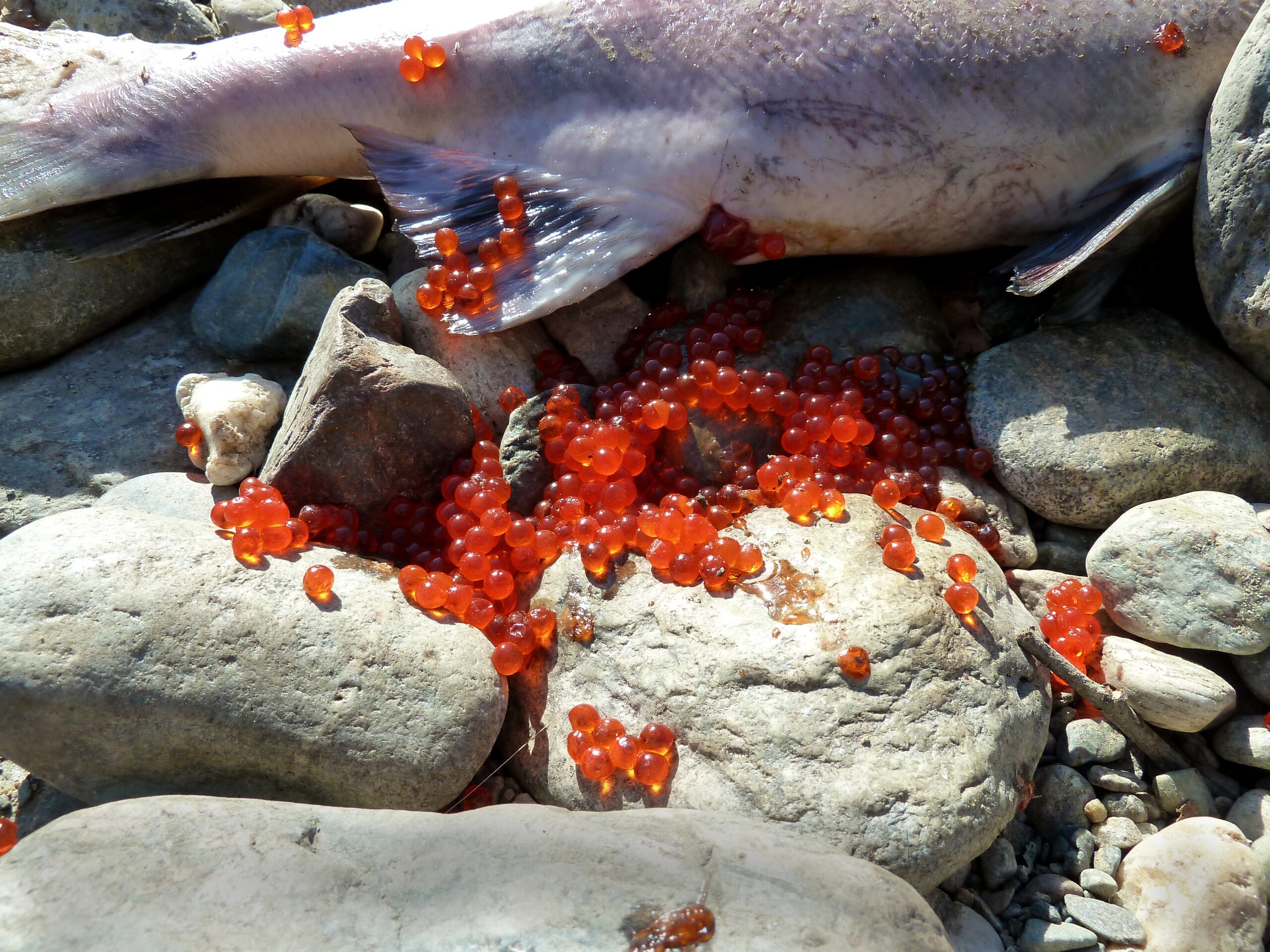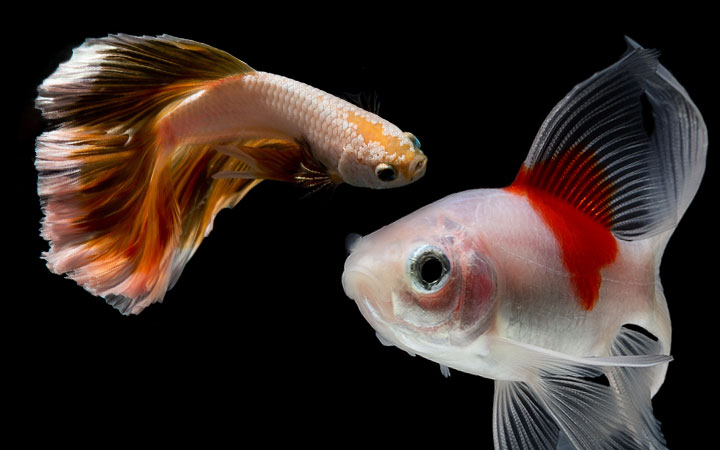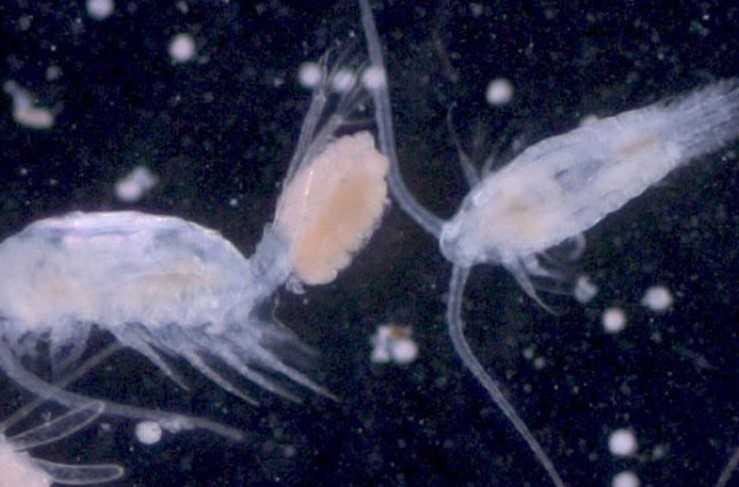Fish Giving Birth In Aquarium Is Good Or Bad
Fish Giving Birth in an Aquarium: Is it Good or Bad?
Have you ever thought about what it would be like to witness the miracle of life firsthand? For aquarium enthusiasts, this is not an uncommon occurrence. Many species of fish are capable of giving birth in captivity, displaying a beautiful and fascinating process that captivates both hobbyists and casual observers alike.
But is this practice of fish giving birth in an aquarium good or bad? As with many things in life, there are pros and cons to consider. Let’s dive deeper into the topic and explore the various aspects surrounding the birthing process in aquariums.
The Natural Wonder of Life
When a fish gives birth in an aquarium, it is an incredible opportunity to witness the circle of life up close. From the moment the female fish releases her eggs, to the hatching of the fry (baby fish), and their subsequent growth and development, the entire process is truly a marvel to behold.
Not only does it allow us to observe the remarkable adaptations and behaviors of fish, but it also serves as a reminder of the diversity and tenacity of life on our planet. Witnessing this natural wonder can deepen our appreciation for the intricate balance of ecosystems and the importance of conservation.

Educational Value
One of the most significant benefits of fish giving birth in an aquarium is the educational value it provides. For students, children, and curious minds alike, observing the birth of fish offers a unique opportunity to learn about the reproductive strategies of various species.
Aquariums and science centers often have dedicated exhibits or programs that teach visitors about fish reproduction. The chance to witness live birth can enhance understanding and generate interest in the biological sciences. It sparks curiosity and encourages exploration of topics such as breeding behaviors, embryonic development, and the challenges faced by aquatic organisms.
Preservation of Species
Another positive aspect of fish giving birth in an aquarium is the potential for species preservation. Many fish species are endangered or at risk due to habitat destruction, overfishing, and pollution. By successfully breeding these species in captivity, aquariums can contribute to their conservation efforts.
Breeding programs and captive breeding techniques allow for the controlled reproduction of threatened or vulnerable species. This helps to maintain genetic diversity, prevent extinction, and create a safeguard against potential disasters that may befall wild populations. It also serves as a valuable resource for future reintroduction and rehabilitation programs.
Health and Welfare Considerations
While the aforementioned points shed a positive light on fish giving birth in an aquarium, it is essential to consider the health and welfare of the fish involved. This is where the discussion becomes more nuanced, as there are various factors that can impact the well-being of both the parent fish and the fry.
Space and Environment
Aquariums must provide adequate space and a suitable environment for fish to thrive. Overcrowding can lead to stress, aggression, and increased susceptibility to diseases. If an aquarium is not carefully maintained, it can negatively affect the health and survival rates of the offspring.
Feeding and Nutritional Needs
Fish fry have specific dietary requirements in their early stages of life. It is crucial for aquarium keepers to provide appropriate and nutritious food to ensure their healthy growth. Neglecting these needs can result in stunted growth, malnutrition, and increased mortality rates.
Social Interactions
While some fish species are known to thrive in community tanks, others may require isolation or specific social environments. It is essential to consider the compatibility of tank mates and the potential for aggression or stress when housing pregnant fish or fry.
Quality of Life
Ultimately, the well-being of the fish involved should be the foremost consideration. If a fish’s quality of life is compromised by the breeding process, such as through excessive stress, confinement, or injury, then it may be deemed unethical or detrimental to the welfare of the individuals.
Finding the Balance
The question of whether fish giving birth in an aquarium is good or bad does not have a straightforward answer. It is a complex issue that requires careful consideration of various factors. However, by taking proactive measures and implementing responsible practices, aquarium keepers can strive to achieve a balance between education, species preservation, and the health and welfare of the fish.
Frequently Asked Questions
1: Are there any risks associated with fish giving birth in an aquarium?
Yes, there are risks involved, such as stress, overcrowding, aggression, and inadequate nutrition. It is important for aquarium keepers to be aware of these risks and take appropriate measures to mitigate them.
2: What types of fish are known to give birth in aquariums?
Livebearers, such as guppies, mollies, platies, and swordtails, are well-known for giving birth in aquariums. They give birth to fully-formed fry, as opposed to laying eggs like most fish species.
3: Can fish give birth without assistance from humans in an aquarium?
In many cases, fish can give birth without assistance. However, there are instances where intervention may be necessary, such as if the parent fish is not providing proper care for the fry or if complications arise during birth.
4: How can aquarium keepers ensure the health and welfare of the parent fish and fry?
By providing adequate space, a suitable environment, proper nutrition, and monitoring the interactions within the tank, aquarium keepers can promote the health and welfare of the fish involved in the birthing process.
Final Thoughts
In conclusion, fish giving birth in an aquarium can be a beautiful and educational experience. It allows us to witness the wonders of life and provides opportunities for species preservation. However, it is important to prioritize the health and welfare of the fish and take the necessary precautions to ensure their well-being. Responsible aquarium keeping practices are crucial in finding the balance between education, conservation, and the ethical treatment of the animals in our care.






